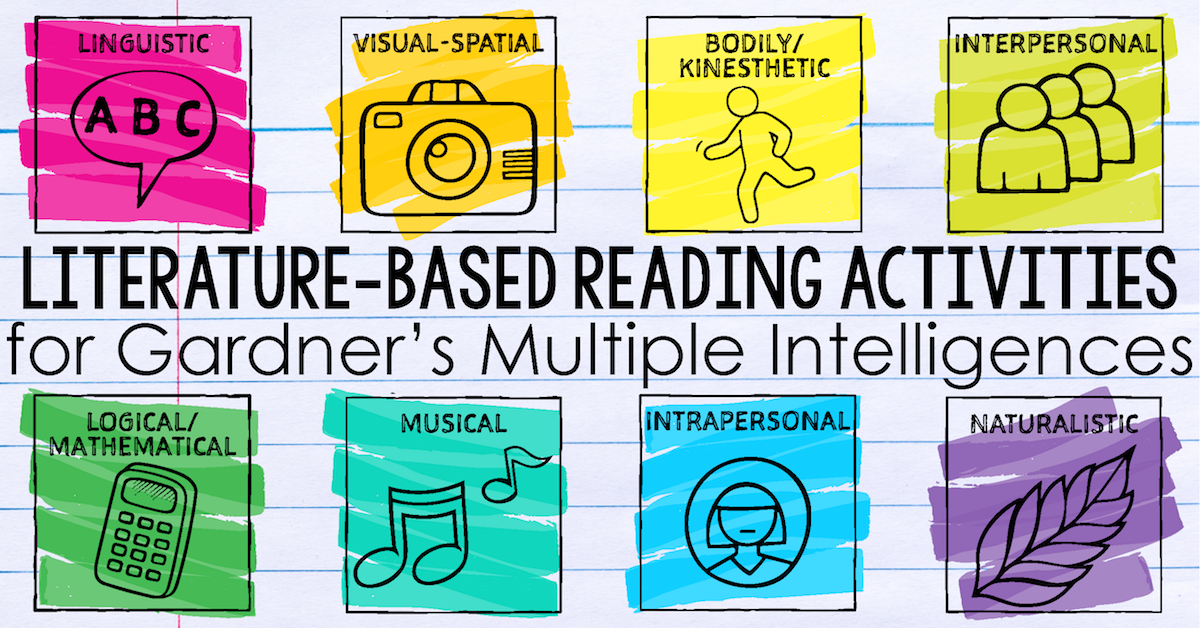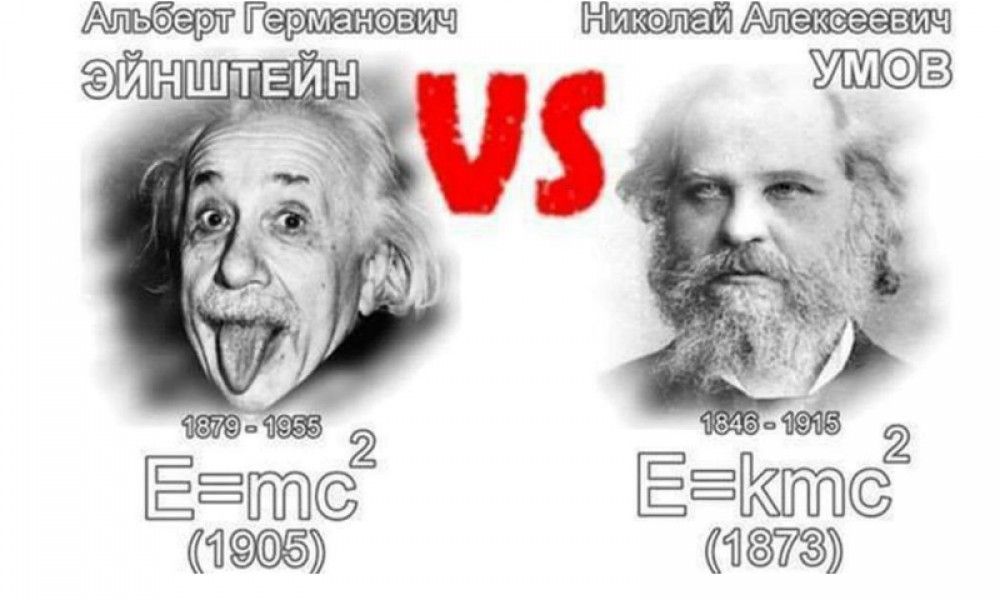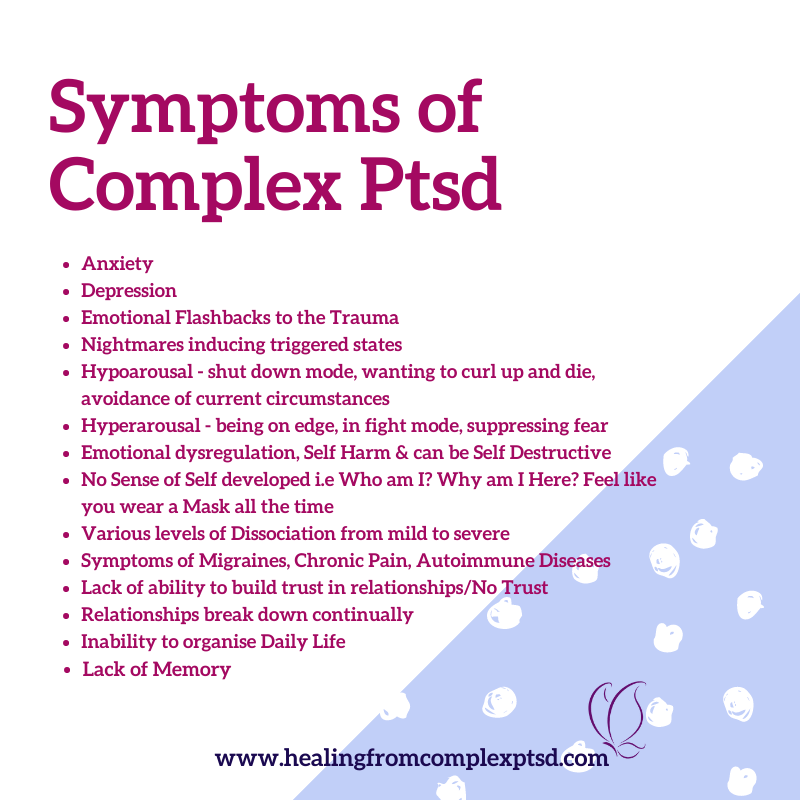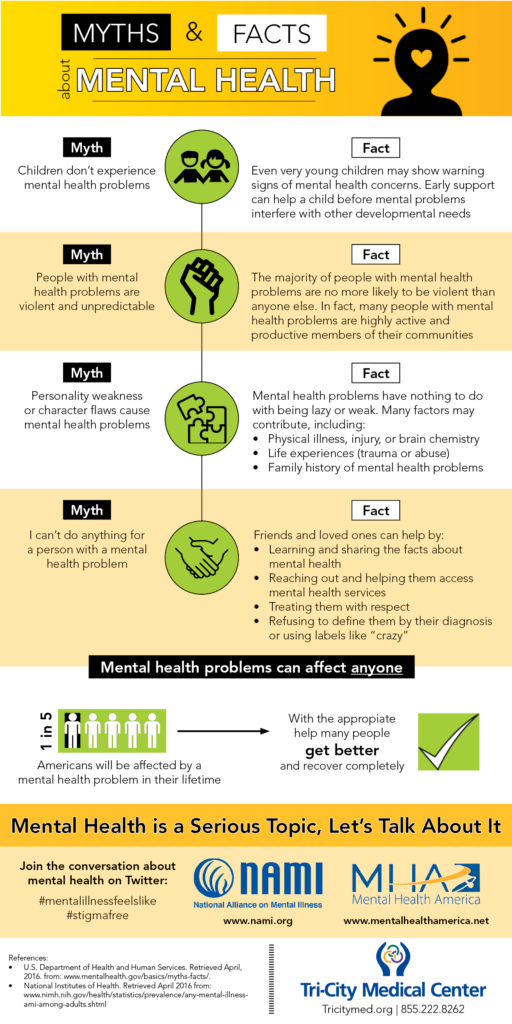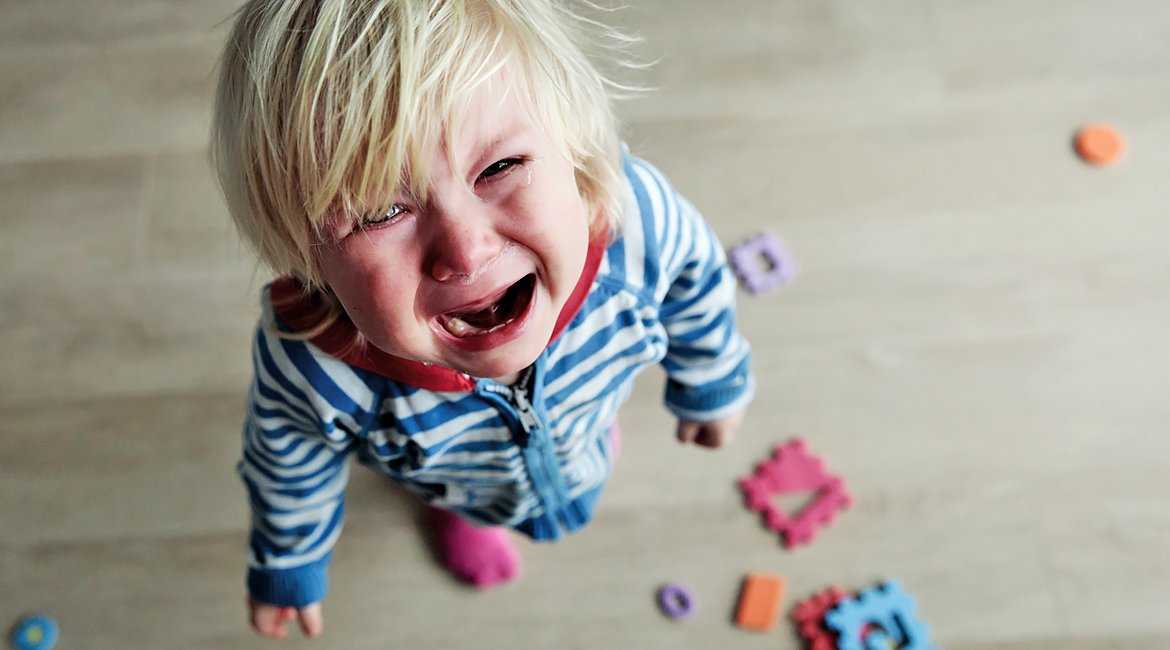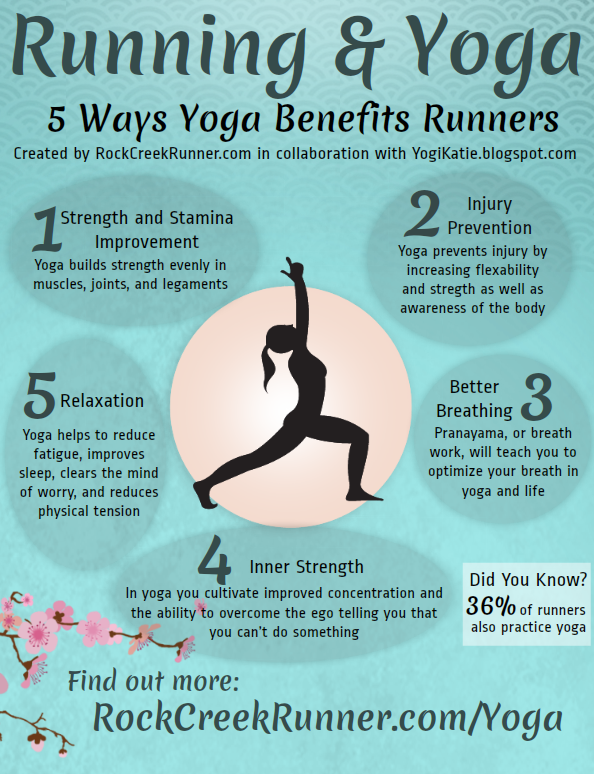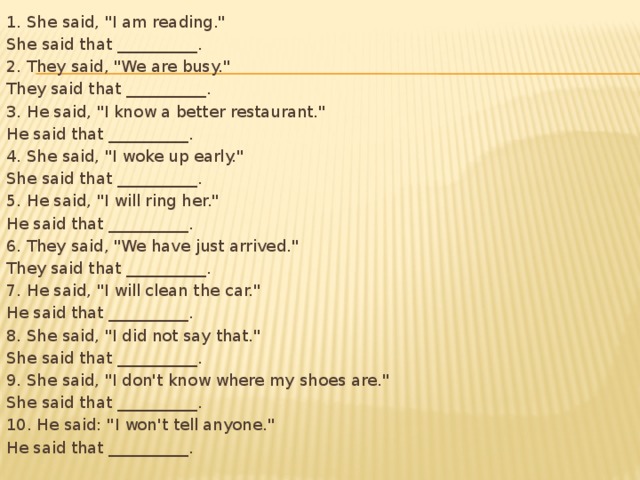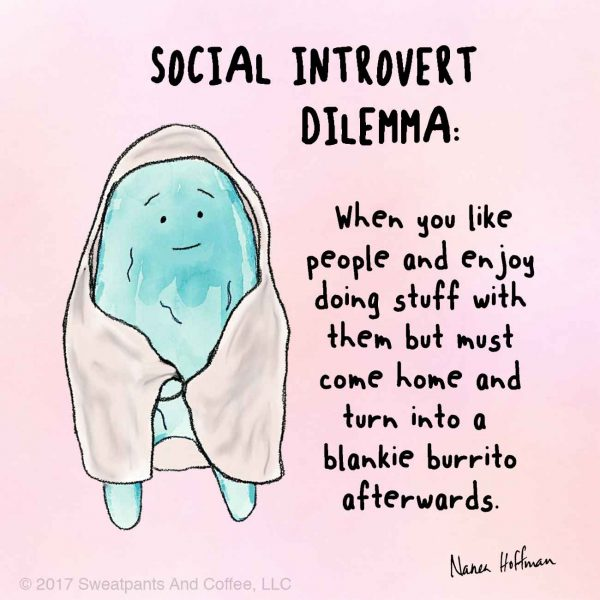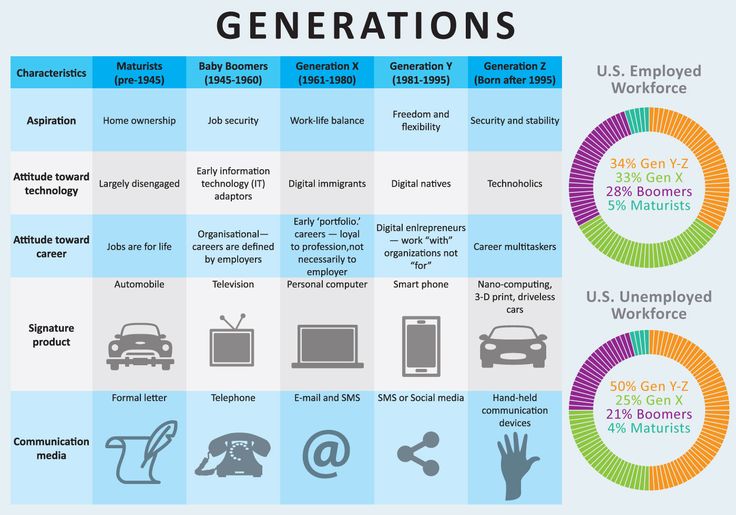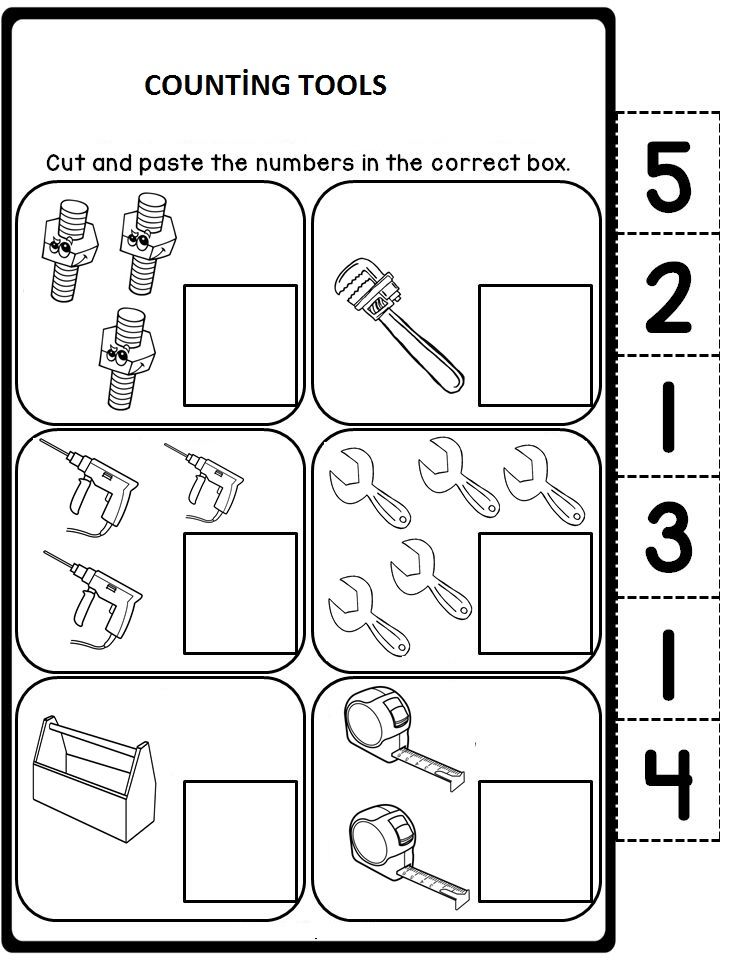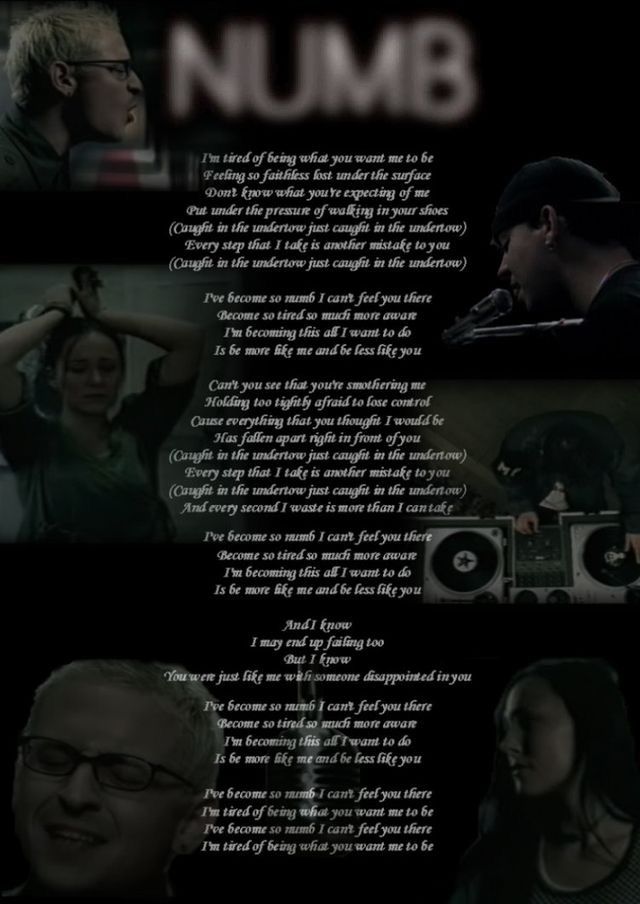Bodily kinesthetic jobs
10 Best Bodily-Kinesthetic Careers Ideas (2023)
Bodily-Kinesthetic intelligence refers to one of the eight types of intelligence from Gardner’s multiple intelligences theory.
People with this type of intelligence tend to be good at physical activity and learn through using their bodies.
If bodily-kinesthetic intelligence is the type of intelligence that resonates most with you, then you’ll be good at jobs that involve the use of your body every single day. But you’ll likely struggle at desk jobs where you don’t move about much.
Below are some of the key jobs that might be a good fit for you.
Bodily-Kinesthetic Careers
1. Sports Coach
Athletes are the best example of people that rely on kinesthetic learning. Every day of practice involves movement, tactile sensations, and hand-eye or hand-foot coordination.
Learning the best mechanical movements to perform a very specific athletic feat requires lots of repetition.
In many Olympic events, an athlete will be video-recorded and have a myriad of electrodes attached to their body. That technology can provide the coach and the athlete an incredibly detailed picture of what is being performed properly and what needs to be changed.
It’s the job of the coach and trainer to be the expert in mechanics and know how to help the athlete gradually improve so that they can reach their fullest potential. The coach isn’t just going to talk about what to do, they will demonstrate the proper positioning and sequence of movements; maybe even move the athlete’s arms and legs into the correct positions. It’s a very kinesthetic approach to training.
2. Auto Body Repair
Taking the side panel of a car that has been smashed, scraped, and contorted into a continuous wave of creases and dents and transforming it back into one smooth curvature is no easy feat.
It can take years of experience to understand how metal or fiberglass responds to manipulation.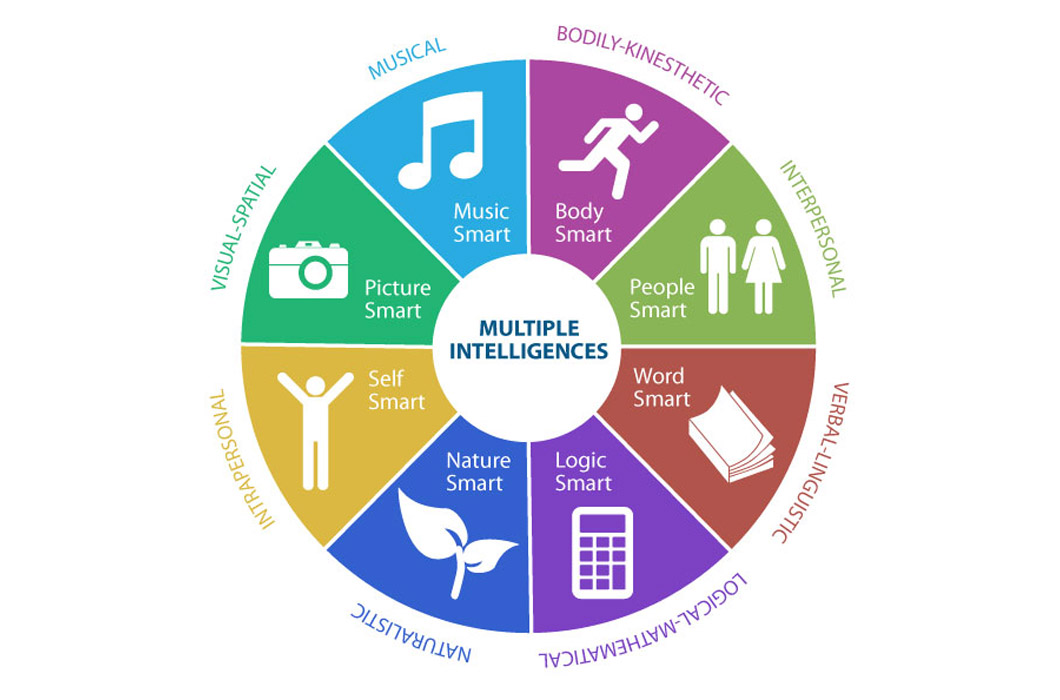
There are a variety of tools at hand and a skilled professional will even know and when to utilize thermal applications to get to the desired outcome.
It is a job that requires the use of one’s hands and eyes to assess the quality of the repair and ensure that the once tangled scrap of metal now looks like it just came off the assembly line.
3. Physical Therapist
A physical therapist is a medical professional that helps people recover from injuries or other health-related conditions that affect their movements.
They work with people of all ages, including the elderly who are having difficulty moving properly in their everyday lives, athletes that may have suffered an injury during a competition, or someone that has an illness that has severely impaired their mobility.
The therapist will diagnose the patient’s conditions by observing them stand or walk, or implementing diagnostic equipment to assess nerve and muscle damage. They will then design a treatment plan that includes exercises, stretching, strength and coordination activities, and other hands-on techniques.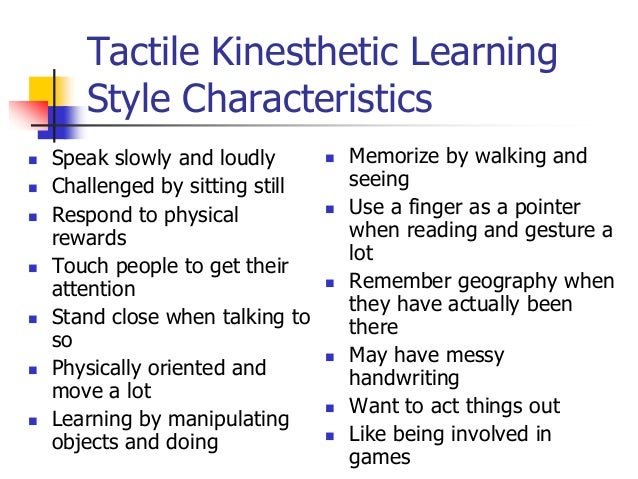
The job of a physical therapist is totally focused on bodily-kinesthetic movement and functioning.
4. Ballerina/Dancer
Professional ballerinas and dancers have extraordinary control of their bodies. There is a wide range of movements involved in their routines that can be incredibly complex.
Although an audience may not be able to discern the degree of difficulty of what they see on stage, the dancer is performing a highly-coordinated sequence of movements that involve moving their entire body in a synchronized routine from head to toe.
A ballerina must be a master of kinesthetic learning. Observing the movements demonstrated by the choreographer and then being able to replicate those actions to exacting standards requires incredible focus and attention to detail.
Only those with incredible kinesthetic abilities will become professionals.
5. Agriculturalist
People that enjoy kinesthetic activity are especially in-tune with tactile sensations.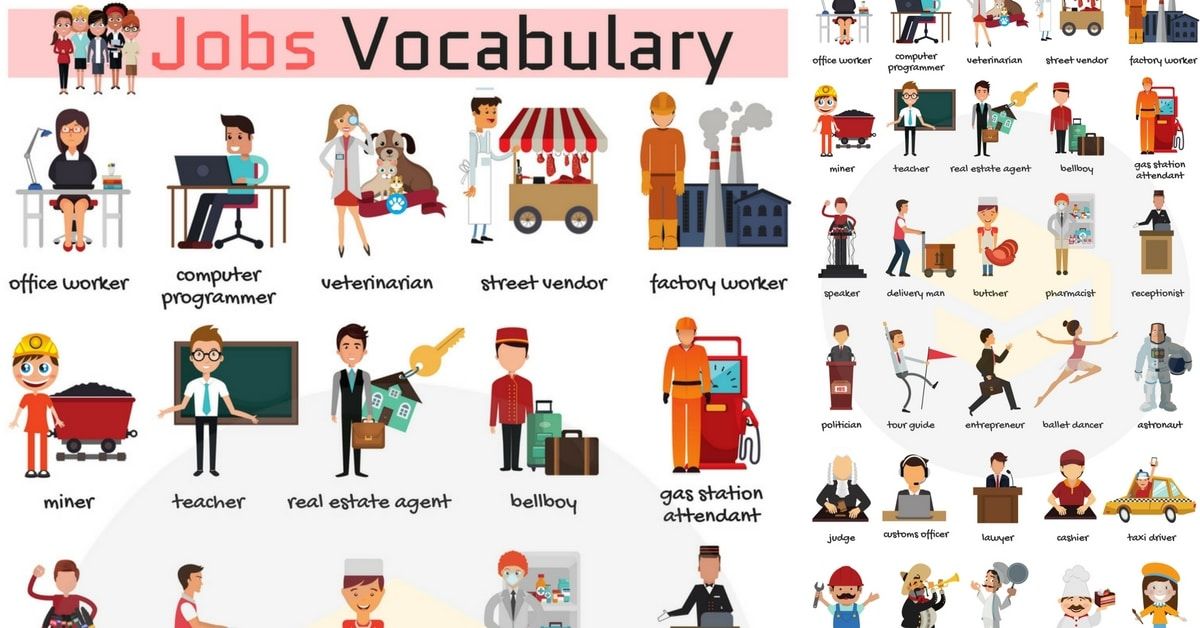 In the area of agriculture, this means examining a fruit or vegetable and being able to determine its level of ripeness or ascertain other qualities that require more than just visual inspection.
In the area of agriculture, this means examining a fruit or vegetable and being able to determine its level of ripeness or ascertain other qualities that require more than just visual inspection.
For example, to know if a mango is ripe requires a great sense of smell. Give it a slow and deep sniff around the stem to determine if it is ripe or not. If it smells sweet then it is most likely ready for consumption.
For an avocado, holding it in the palm of your hand and giving it a gentle squeeze can tell you if it is ready to eat. If it’s very mushy, then it is over-ripe; if it is very firm and doesn’t give, then it is under-ripe.
These are all tactile cues that an experienced professional and natural kinesthetic learner will use every day.
6. Carpenter
Carpentry is an occupation that requires a lot of movement. There is sawing, sanding, chiseling, and hammering. All by hand.
After a piece of furniture or other item has been formed, then comes more sanding, prepping, sealing, and painting.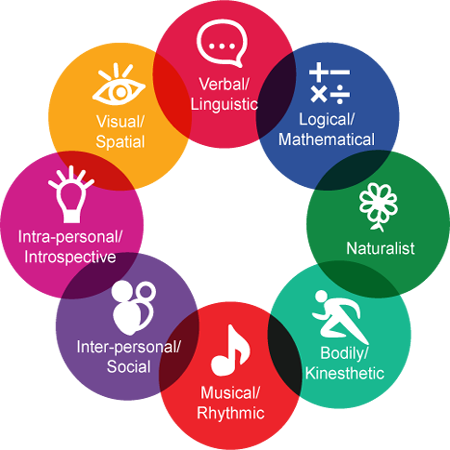 These all require steady and smooth strokes to make the finished product look pleasing to the eye.
These all require steady and smooth strokes to make the finished product look pleasing to the eye.
And let’s not forget the power tools. A carpenter’s workshop can be full of machines that serve all kinds of functions. There are table saws, power drills, nail guns, sanders, and lathes…just to name a few.
Operating this kind of machinery requires a excellent bodily control to make precise cuts and super-tight fittings. You can always tell if a carpenter has kinesthetic skills; they’re the ones that still have all of their fingers.
7. Actor
When it comes to acting, you need to have extremely good control over your body. Actors use their bodies to take on a persona that’s not their own. Their body also needs to convey emotion, create tension, and engage the audience.
Every gesture, facial expression, and bodily movement must be well thought-out yet also convincingly natural.
To achieve this, actors will need to have a very good understanding and control over their bodies.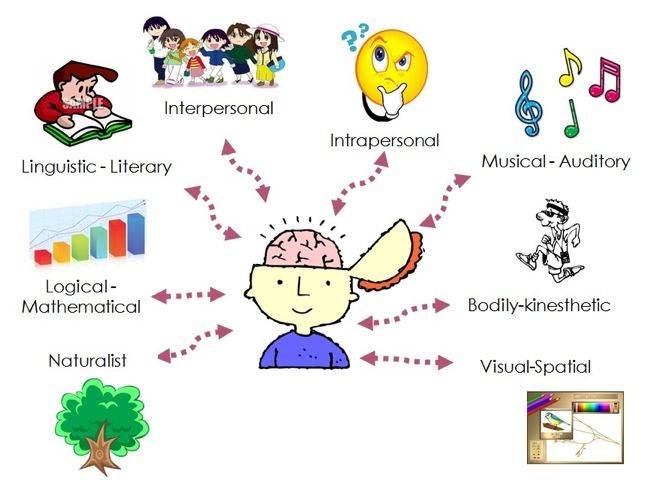
They may need to know how to control their breathing (called breath work), and how to project their voices across a theater.
In short, actors need to be able to use their own bodies as tools for their jobs.
8. Mechanic
Mechanics are using their hands all day long. They need to be comfortable with manipulating objects with their hands, choosing tools to help them achieve the job, and problem-solving on the go.
This is one job that’s hard to replace with AI or other machines. You’ll always need mechanics to get their hands dirty and get involved in fixing vehicles.
Learning to be a mechanic requires hands-on learning rather than lots of practice time. As a result, a bodily-kinesthetic learner might like to become a mechanic because they’ll have a lot of practical on-the-job learning and practice.
9. PE Teacher
A PE teacher spends their days not only playing sports with students but also teaching them about their bodies and how to use their bodies.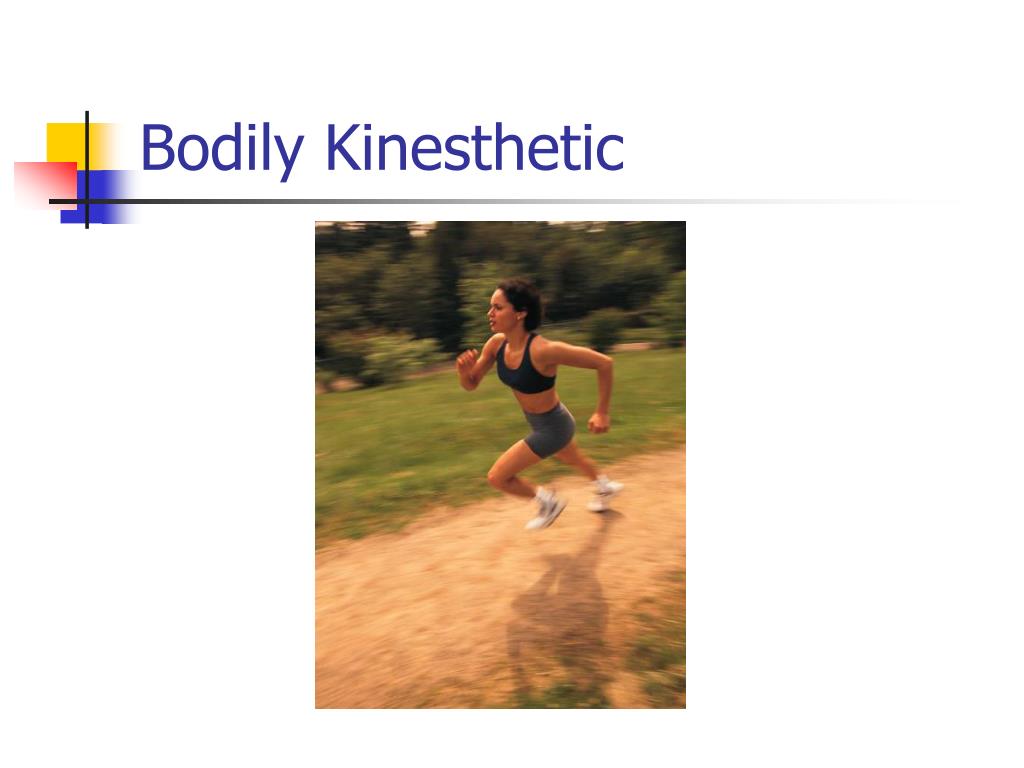
Bodily-Kinesthetic learners make for good PE teachers because they have a good understanding of their bodies. As a result, they can teach about bodily movements and the mechanics of them to students well.
Furthermore, if you’re a PE teacher, you won’t be stuck inside a stuffy classroom all day long. You can take your students outside to do a lot of practical outdoor physical education.
10. Firefighter
A firefighter is a quintessential job where you have to use your body. In fact, when a firefighter isn’t out in the field, they’re often encouraged to do exercise in the fire station to maintain peak physical condition.
Firefighting will require you to put your body on the line every day. You’ll be in situations where you have to wear a heavy suit and carry heavy objects such as fire hoses in a high-pressure situation.
As a result, selection procedures for firefighters often involve a lot of physical aptitude tests in order to gauge how well a firefighter can control their fine and gross motor skills, as well as how perseverant they are in physical situations.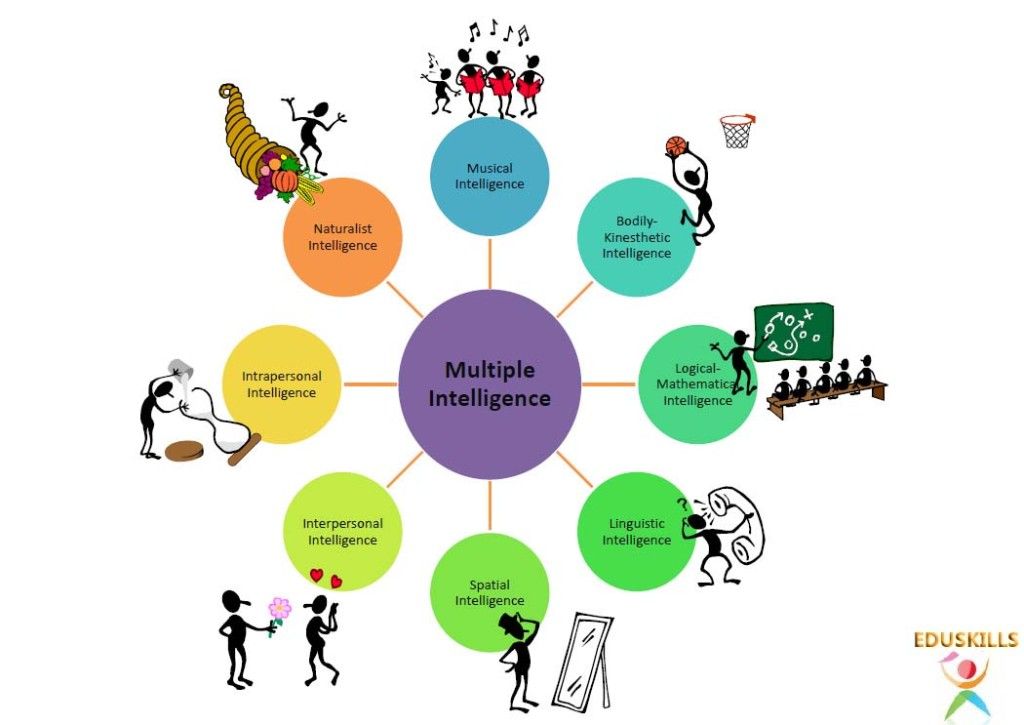
Conclusion
People with bodily-kinesthetic intelligence tend to be best at jobs that involve a lot of physical activity. These are jobs that require you to use your senses, stay active throughout the day, and have good knowledge of how to use your body and push it to its limits.
However, you might struggle as a person with bodily-kinesthetic intelligence to do jobs that require a lot of reading od theoretical work or desk work because you’re mostly inclined to learn through doing rather than sitting still. Furthermore, you’ll tend to find those sorts of jobs very frustrating because you’ll feel constrained by the inability to use your body throughout the day.
References
Bonomo, V. (2010). Gender matters in elementary education: Research-based strategies to meet the distinctive learning needs of boys and girls. Educational Horizons, 88(4), 257-264.
Gardner, H. (1983). Frames of mind: The theory of multiple intelligences.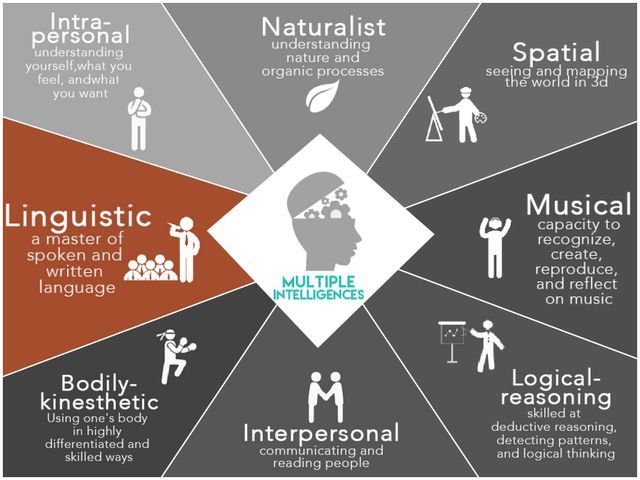 New York: Basic Books.
New York: Basic Books.
King, K., & Gurian, M. (2006). Teaching to the minds of boys. Educational Leadership, 64(1), 56-58.
Kommer, D. (2006). Boys and girls together: A case for creating gender-friendly middle school classrooms. Clearing House: A Journal of Educational Strategies, Issues and Ideas, 79(6), 247-251.
Silverman, L. K. (1989). The visual-spatial learner. Preventing School Failure: Alternative Education for Children and Youth, 34(1), 15-20. https://doi.org/10.1080/1045988X.1989.9944547
Soderman, A. K., & Phillips, M. (1986). The early education of males: Where are we failing them? Educational Leadership, 44(3), 70-72.
Uttal, D. H., Miller, D. I., & Newcombe, N. S. (2013). Exploring and enhancing spatial thinking: Links to achievement in science, technology, engineering, and mathematics? Current Directions in Psychological Science, 22(5), 367-373.
Chris Drew (PhD)
Website | + posts
Dr. Chris Drew is the founder of the Helpful Professor. He holds a PhD in education and has published over 20 articles in scholarly journals. He is the former editor of the Journal of Learning Development in Higher Education.
Chris Drew is the founder of the Helpful Professor. He holds a PhD in education and has published over 20 articles in scholarly journals. He is the former editor of the Journal of Learning Development in Higher Education.
Information for Students and Teachers
Chris Drew, PhD
“LOVE, LOVE, LOVE Chris. One of the best teachers I’ve ever had. I love his easy clear teaching style.”
Jessica T.
Social Studies Student
“I was so impressed by the support and presence of Chris. Chris is so involved, supportive, and energetic. I would not have done as well as I did at university without his wonderful guidance and enthusiasm.”
Sally R.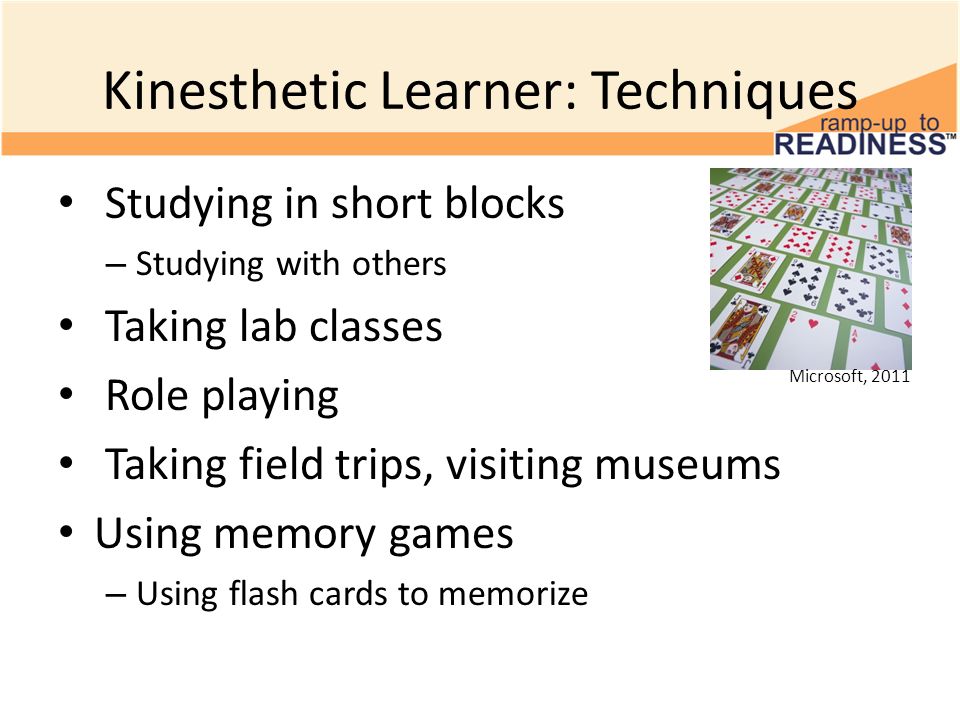
Bachelor of Education Student
“Chris is supportive and a very effective teacher. He has a great way of explaining the points and breaking down everything into bite size pieces. He goes out of his way to help his students improve.”
Krystin S.
Youth Studies Student
“Chris goes over and beyond any other teacher I have ever had, very approachable and on the ball with every last detail. Big shoutout to Chris.”
James L.
Bachelor of Arts Student
Take the Essay Writing Course
As Featured InThe Economist
Readers Digest
Times Higher Education
eLearn Magazine
What I Teach
Academic Writing Skills
Search
College Study Tips
Search
Topic Study Guides
Search
Search for Study Guides
Top Academic Writing and Study Skill Guides
How to Write an Introduction that will Wow your Teacher
Practical tips on how to write an introduction for your next essay.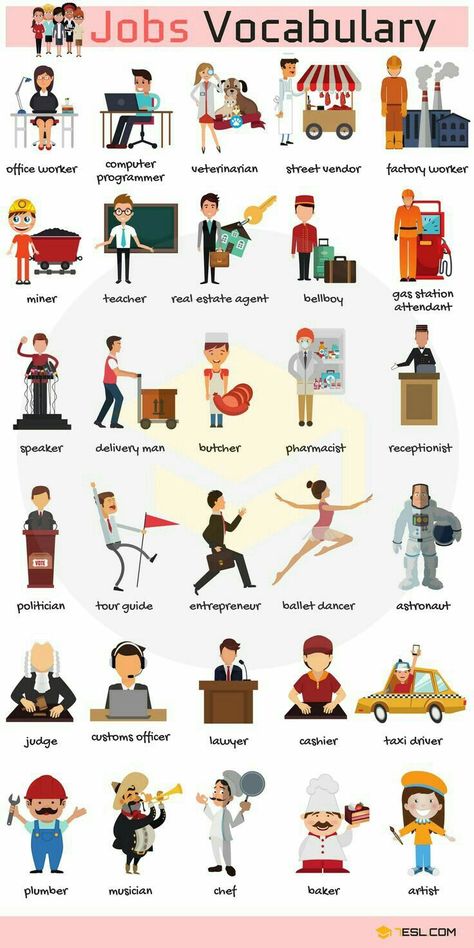
How to Prevent Procrastination while Studying
Here are 11 science-based tips on how to stay focused on your studies.
How to Start an Essay (When you Don’t know what to Write)
Sometimes the first sentence is the hardest. Here’s your solution.
How to Find Scholarly Sources Online (For Free)
A simple guide to getting those scholarly sources you need for your next paper.
My Perfect Paragraph Structure Formula
This is one of my biggest and best tricks for writing amazing in-depth essays.
Should you get Grammarly? Here’s my Opinion.
I take a look at the arguments on both sides of this topic.
How to Paraphrase like a Pro to Get Top Grades
Paraphrasing is hard – but I’ve got it down to an art with this simple formula.
How to Edit your Essay to Get 13% Higher Grades
Research shows appropriate editing will grow your grade by 13%.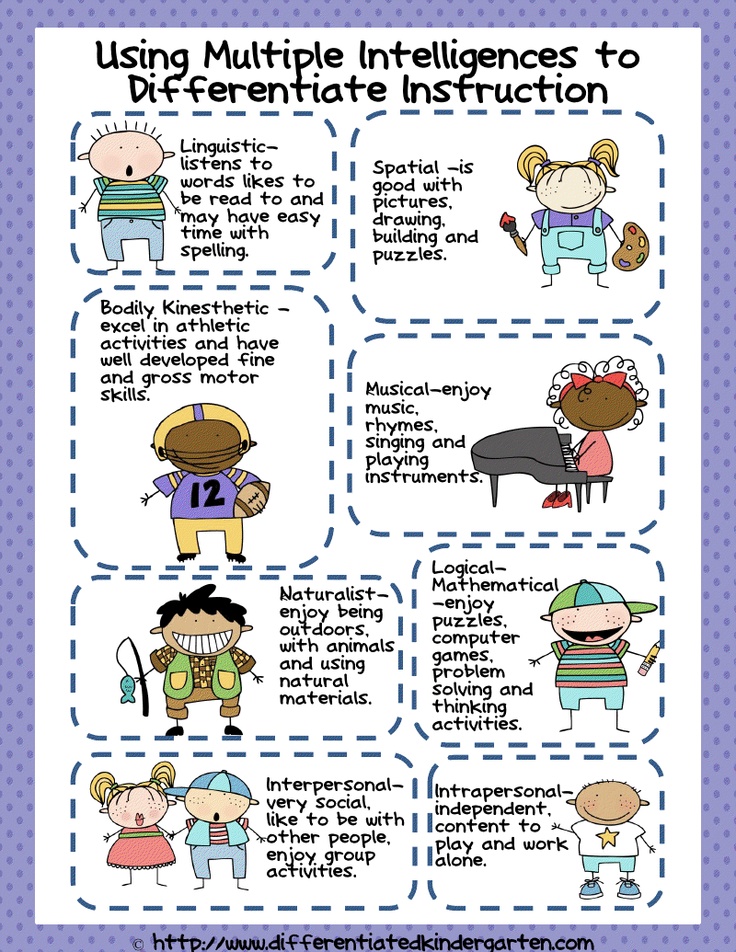 Here’s how.
Here’s how.
How to Write Conclusions with my 5 Cs Conclusion Method
End your essay in style with this simple effective method for writing conclusions.
Keep in Touch
Bodily/kinesthetic thinking, reading and writing: ailev — LiveJournal
The day before yesterday we discussed with Anton Klimat how much the variant of kinesthetic thinking proposed in his motor fitness corresponds to the architectural requirements for thinking from http://ailev.livejournal.com/1342372.html, then there is how adequately, abstractly, rationally, consciously it is.Answer: yes, the bodily/kinesthetic thinking he proposes meets these requirements.
We will consider movements as a text: it is some sequence of repeating patterns of sensations. These patterns can be read (felt by some "watcher of the body", a separate focus of attention) and written (be the result of the implementation of a motor intention - the body moves to reproduce the required sensations, to reproduce the kinesthetic patterns of this or that movement).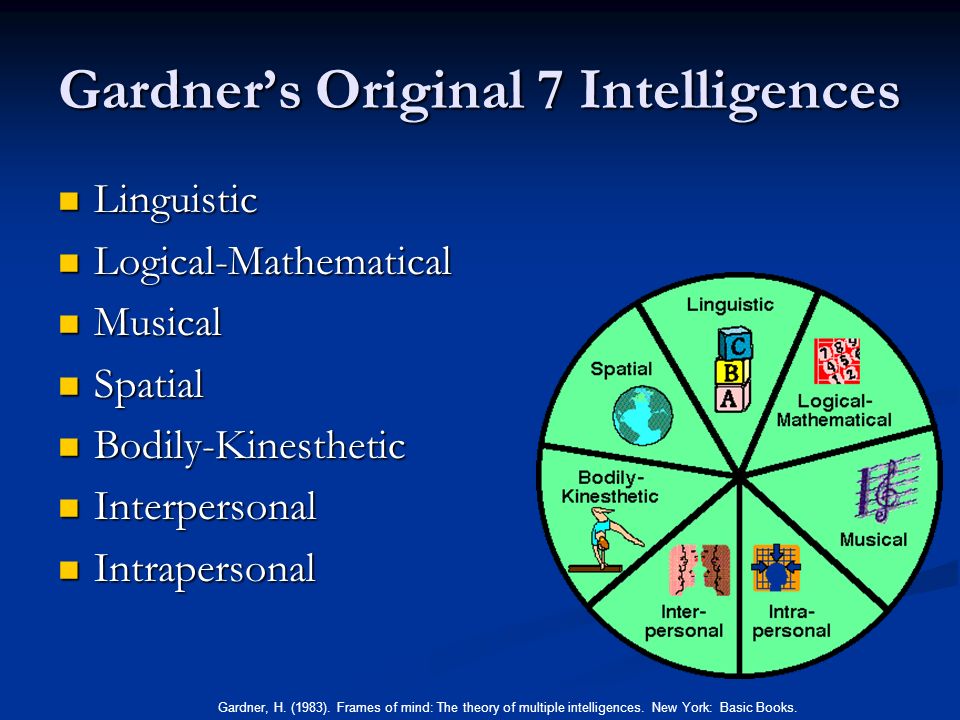 nine0003
nine0003
Adequacy: it is ensured by the fact that we provide some certain "reference movement" (more often it is called "exercise") sensation in some place of the body. Let's say we achieve a burning sensation in some muscle when pulling the arm. This "tension" is a 4D object that manifests itself not in that it can be tapped, but in that it can be felt as a burning sensation - it is localized in space and time, taking place there. So we are not attached to metaphors ("feel like a sea", "feel a warming hand"), but to absolutely concrete 4D individuals - muscle work patterns that manifest themselves in sensations. These sensations are quite similar in different people, well recognizable and distinguishable. This means that we are in a shared (shared) physical world, and do not fantasize for ourselves each our own physical world. We can discuss whether we mean one individual movement or different ones - just by feeling the muscle tension, then we can agree on the language in which we describe the sensations that appear. nine0003
nine0003
Abstractness: provided by the fact that we generalize sensations. All sensations of tension are somewhat similar. We use for generalization/generalization/abstraction the presentation of many different sensations from the performance of "reference movements" in different parts of the body. Further, in our bodily thinking, abstractions / classes of "tension" appear - and a variety of tensions of various parts of the body fall into this class. Abstraction introduces a language (viewpoint) in which we can describe the various 4D individuals of the movement that occurs in the body: primarily tapes, tension, tension, slackening, coordination (understood as combinations of slackening of some muscles and work in tension or stretching of other muscles), inertia as an uninterrupted flow of movement, posture as the position of body parts passing in the course of movement. Adequacy at the same time clearly binds this language through some specific well-distinguishable sensations to specific movements-as-4D-individuals.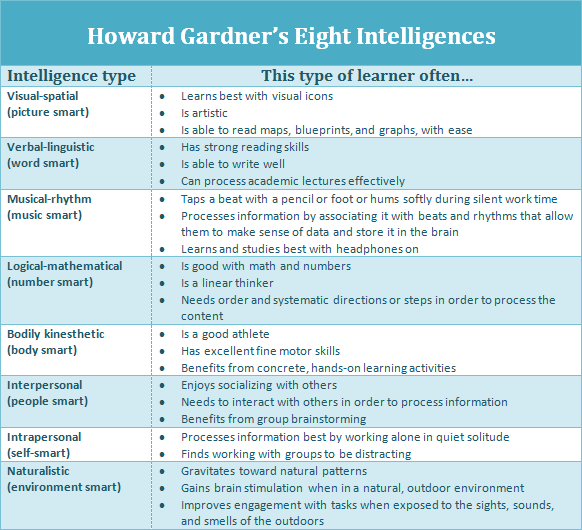 nine0003
nine0003
Rationality: We can then make purposeful reasoning about body movements within the chosen language. Physics, logic, probability. No poetry, no "I'm an artist, I see it this way" - although outside the framework of motor fitness it is quite possible to introduce some kind of metaphorical artistic functional language, which will then be written into the modular language of movements. But this is at a different system level: the functionality is set from the using system - performance arts, sports, simple everyday life and wellness (good healthy posture, rational gait). nine0003
Mindfulness: there is some kind of "overseer" who does governance for movement -- this means that I do not move the body with my guiding (literally "hands leading") thought, but give it the intention/task to achieve some predetermined sensation -- that is, I explicitly use the abstractness and adequacy of bodily thinking. And this "guard" intervenes only when the result differs from the desired one. It's like blind ten-finger typing: we let our fingers run across the keyboard to make letters appear on the screen. But we intervene abruptly in this mostly unconscious process at the moment when the letters on the screen begin to differ from those intended. Letters of the body are sensations on the strings during various movements. When we read the body, we listen to these sensations (note: the kinesthetic / bodily / sensory modality of perception here uses the auditory verb “listen”, all sorts of “feel” and even “feel” are less expressive and accurate here: the kinesthetic language is not too developed, that's the problem). When we write the body, we intend the target sensation, and then the body (under our conscious "supervision", governance) sets in motion, giving this sensation. nine0003
It's like blind ten-finger typing: we let our fingers run across the keyboard to make letters appear on the screen. But we intervene abruptly in this mostly unconscious process at the moment when the letters on the screen begin to differ from those intended. Letters of the body are sensations on the strings during various movements. When we read the body, we listen to these sensations (note: the kinesthetic / bodily / sensory modality of perception here uses the auditory verb “listen”, all sorts of “feel” and even “feel” are less expressive and accurate here: the kinesthetic language is not too developed, that's the problem). When we write the body, we intend the target sensation, and then the body (under our conscious "supervision", governance) sets in motion, giving this sensation. nine0003
We write and read movements, working with the patterns of our sensations as with touch-typing letters. We intend some sensation, and the body automatically gives out the movement that leads to this sensation. We think about the possible movement - and the body may well respond with micro-movements, as fingers can respond with micro-movements when writing on the keyboard, when we just think what word to write, but do not write it yet.
We think about the possible movement - and the body may well respond with micro-movements, as fingers can respond with micro-movements when writing on the keyboard, when we just think what word to write, but do not write it yet.
We think about what we write and read in terms of these sensations. The bodily/kinesthetic thinking thus turns out to be adequate, abstract, rational and conscious. And it manifests itself outward in movements, and in consciousness - in sensations. The motor fitness course simply brings the necessary sensations into awareness:
- offers exercises where the desired sensations are clearly manifested. At this stage, the teacher's help is required (for example, directly poke a finger into the desired muscle to draw attention to the sensations in this place). Therefore, the course cannot be conducted remotely.
-- gives names to these sensations, now you can consciously discuss movement, talk about mistakes, design "in words", and not just the "do as I do" method in the hope that a capable student will somehow understand what is happening in the head and the body of the one who "moves correctly.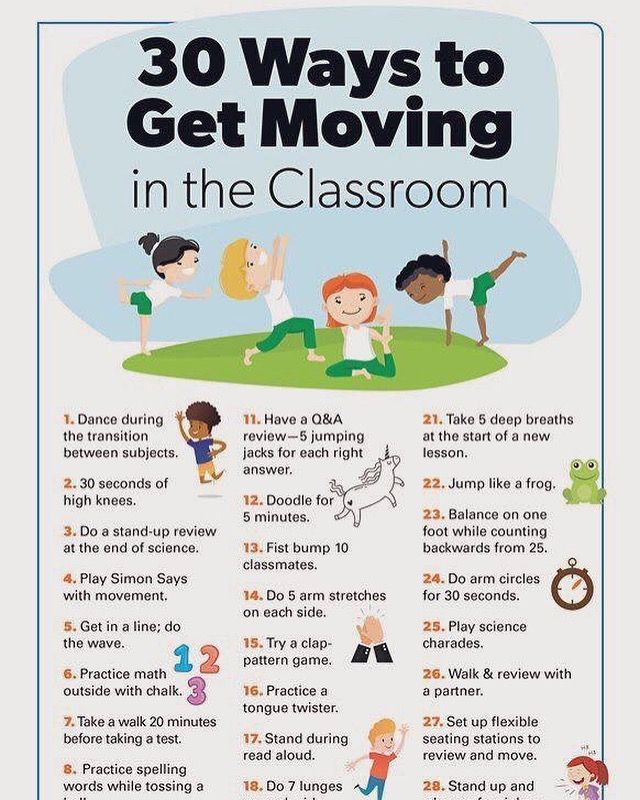 " No, if the language of discussion appears, knowledge can be conveyed in words! It is fast and efficient compared to non-verbal ways of transferring knowledge. And yes, when we have agreed on the terminology and unequivocally connect the necessary sensations, the resulting movements/states of the body for these sensations and words - at this moment we can read texts, discuss bodily reading and writing on the phone. nine0017 - offers to practice listening to these sensations, and then intending them - getting a "supervised" (that is, conscious) movement of the body, but not in the "manual mode of controlling the body, slow bodily thinking", but still using quick thinking, acquired automatisms.
" No, if the language of discussion appears, knowledge can be conveyed in words! It is fast and efficient compared to non-verbal ways of transferring knowledge. And yes, when we have agreed on the terminology and unequivocally connect the necessary sensations, the resulting movements/states of the body for these sensations and words - at this moment we can read texts, discuss bodily reading and writing on the phone. nine0017 - offers to practice listening to these sensations, and then intending them - getting a "supervised" (that is, conscious) movement of the body, but not in the "manual mode of controlling the body, slow bodily thinking", but still using quick thinking, acquired automatisms.
This "pulling fast crooked patterns into formalism, logical cleansing, then dipping formalism into automatic patterns" is no different from how we work with other kinds of thinking -- see the algorithm in "how the system management school works" in https: //ailev.livejournal.com/1390318.html, starting with the words "This generally corresponds to the following technological chain, traversed in accordance with the thinking spectrum scheme by researchers, teachers, students:".
Not surprisingly, the feedback from participants in the first two streams of the movement fitness course was very, very positive. The method of describing human movement offered by the course is more accurate than conventional methods today, and as a result, less work is required to achieve results: the engineering / manufacture / training of the body becomes more accurate, time is not wasted on unnecessary, countless trial and error. An accurate map of the area leads to a short and predictable hike without adventure. We have an accurate map of human movement. nine0003
By the way, enrollment for the third stream of the motor fitness course (starting May 12, 2018) continues: http://system-school.ru/event/kurs-dvigatelnyi-fitness-2018-05-12/
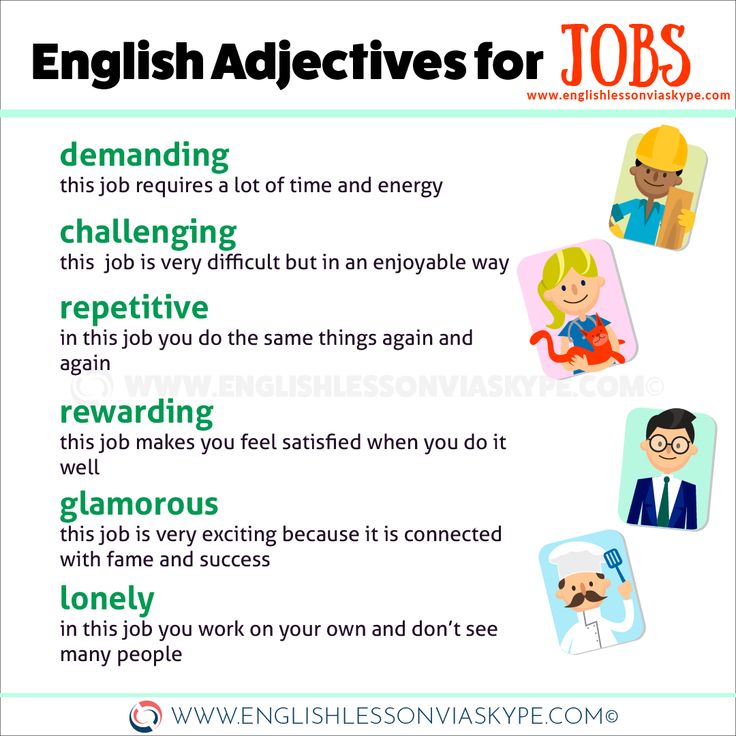 Taking into account the emotional aspect of learning means arousing interest in the topic or issue being studied and creating a safe, trusting atmosphere in the classroom that allows students to reach their fullest potential. Such an atmosphere is created during the lesson by “energizers” - short multifunctional exercises that help participants to show different abilities:
Taking into account the emotional aspect of learning means arousing interest in the topic or issue being studied and creating a safe, trusting atmosphere in the classroom that allows students to reach their fullest potential. Such an atmosphere is created during the lesson by “energizers” - short multifunctional exercises that help participants to show different abilities:  Still others contribute to the formation of non-verbal communication skills, training in concentration, and speed of reaction. Many of them are competitive in nature, and they must be used with caution, it is better when the group is already quite cohesive. The fourth ones serve to discharge, relieve tension, increase the energy potential of the group. Often during a lesson or class, students experience a decrease in energy, difficulty concentrating. Students stop working, start to interfere with the teacher. A means of overcoming the decline in energy can be a short physical exercise that enlivens the activity of the group, or an energizing exercise. There are exercises, as a result of which the group is divided into a certain number of subgroups or small groups. Finally, there are exercises to complete the session, giving the participants a sense of satisfaction from the session and the work they have done. Many “energizers” often perform several functions at once, for example, they relieve tension and create a benevolent atmosphere, increase the energy potential of participants and allow the study group to be divided into subgroups.
Still others contribute to the formation of non-verbal communication skills, training in concentration, and speed of reaction. Many of them are competitive in nature, and they must be used with caution, it is better when the group is already quite cohesive. The fourth ones serve to discharge, relieve tension, increase the energy potential of the group. Often during a lesson or class, students experience a decrease in energy, difficulty concentrating. Students stop working, start to interfere with the teacher. A means of overcoming the decline in energy can be a short physical exercise that enlivens the activity of the group, or an energizing exercise. There are exercises, as a result of which the group is divided into a certain number of subgroups or small groups. Finally, there are exercises to complete the session, giving the participants a sense of satisfaction from the session and the work they have done. Many “energizers” often perform several functions at once, for example, they relieve tension and create a benevolent atmosphere, increase the energy potential of participants and allow the study group to be divided into subgroups.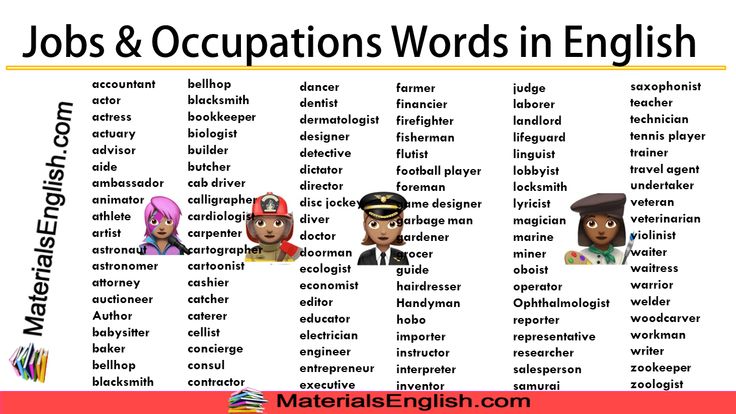 nine0017
nine0017 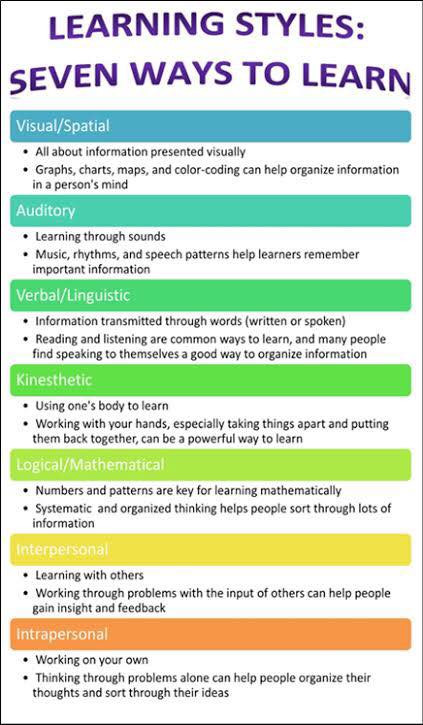 The selected participant begins to move along the circle in the opposite direction, leaving his place free. Thus, they go towards each other. When meeting, they should say hello and introduce themselves. After repeating each other's names 3 times with different intonation or addressing each other differently, they move on. The one who reaches the free space faster takes it and stays in the circle. The participant who did not get a place in the circle continues his movement, chooses the next participant for acquaintance, etc., until everyone gets to know each other. nine0091 Note: This exercise can be used at the very beginning of working with a group whose members do not know each other to more confidently remember each other's names. However, if the task is modified, for example, by asking participants to compliment each other or say good morning, etc., then this exercise can be used in an effective communication session or to create a friendly atmosphere in a group.
The selected participant begins to move along the circle in the opposite direction, leaving his place free. Thus, they go towards each other. When meeting, they should say hello and introduce themselves. After repeating each other's names 3 times with different intonation or addressing each other differently, they move on. The one who reaches the free space faster takes it and stays in the circle. The participant who did not get a place in the circle continues his movement, chooses the next participant for acquaintance, etc., until everyone gets to know each other. nine0091 Note: This exercise can be used at the very beginning of working with a group whose members do not know each other to more confidently remember each other's names. However, if the task is modified, for example, by asking participants to compliment each other or say good morning, etc., then this exercise can be used in an effective communication session or to create a friendly atmosphere in a group. 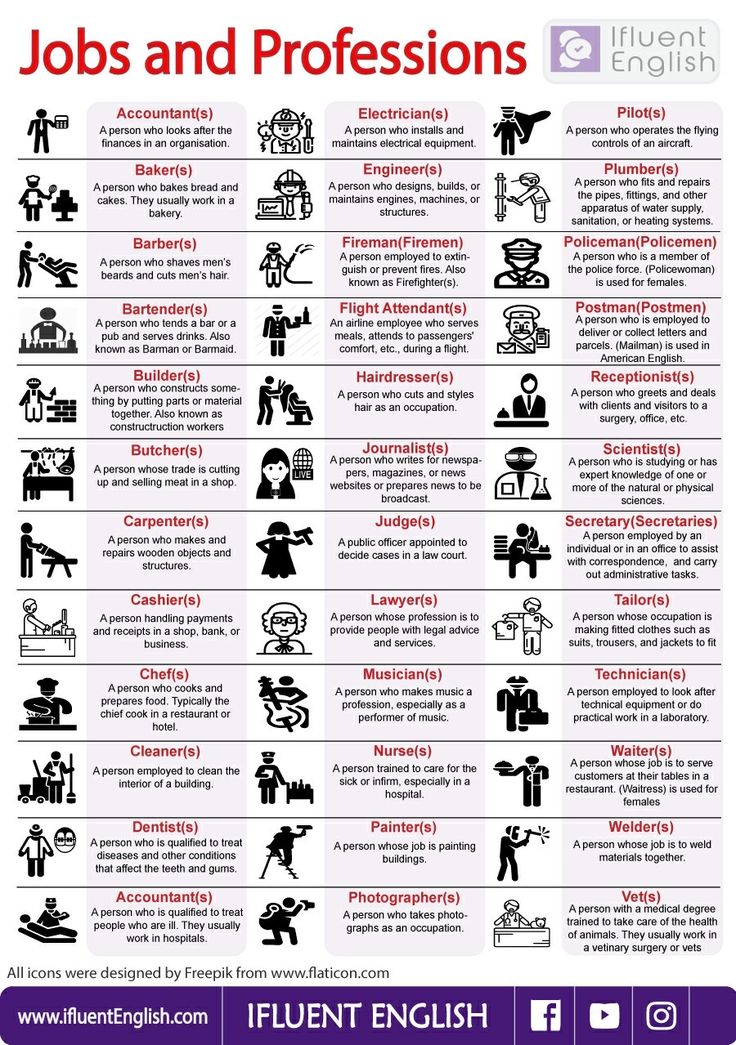 “Snowball ”
“Snowball ” 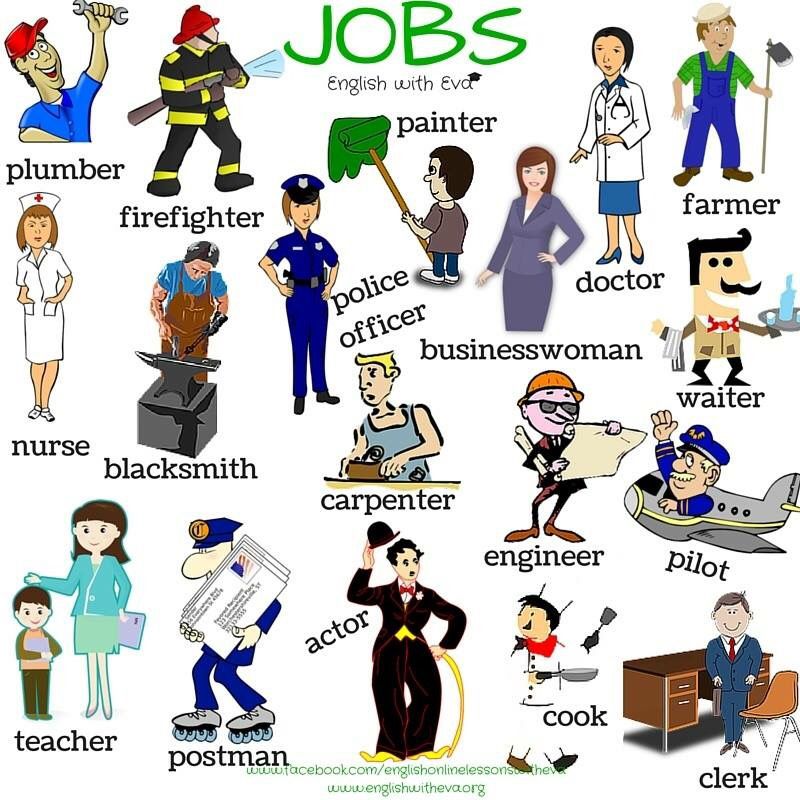 nine0091 Note: This exercise can be used as one of the group bonding exercises. When working with children, it is better not to include it in the lesson plan if you are at the very beginning of your work (2-3 lessons), and friendly relations in the group have not yet been formed.
nine0091 Note: This exercise can be used as one of the group bonding exercises. When working with children, it is better not to include it in the lesson plan if you are at the very beginning of your work (2-3 lessons), and friendly relations in the group have not yet been formed. 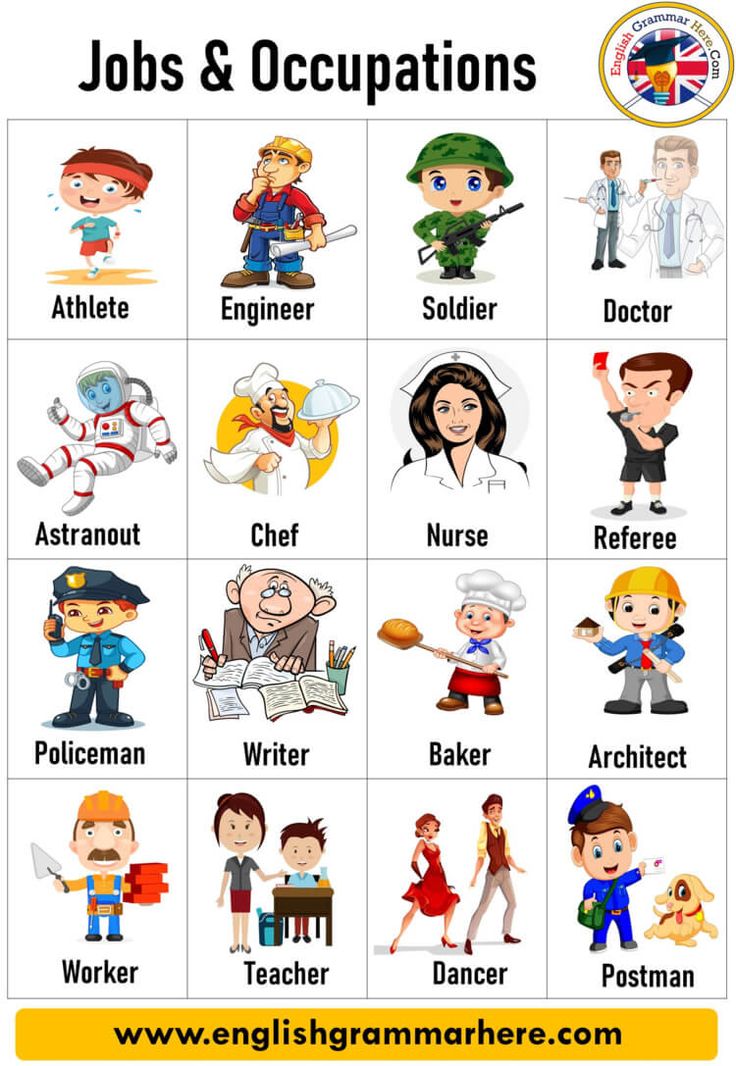 Partners study and try to remember each other's appearance. Then one of them turns his back while the other three make three changes in the appearance of the second partner, for example: changing the watch from one hand to the other, removing the glasses, rolling up the sleeves. The other player turns and tries to point out the three things that have changed. Then the players change places. nine0091 Note: The exercise contributes to the formation of communicative competence, the participants are actively involved in the work, performing joint activities and interacting with each other.
Partners study and try to remember each other's appearance. Then one of them turns his back while the other three make three changes in the appearance of the second partner, for example: changing the watch from one hand to the other, removing the glasses, rolling up the sleeves. The other player turns and tries to point out the three things that have changed. Then the players change places. nine0091 Note: The exercise contributes to the formation of communicative competence, the participants are actively involved in the work, performing joint activities and interacting with each other.  Then again, on command, they turn their backs to each other and make three changes in their appearance. Turning to face, determine what changes have occurred in the partner. nine0003
Then again, on command, they turn their backs to each other and make three changes in their appearance. Turning to face, determine what changes have occurred in the partner. nine0003 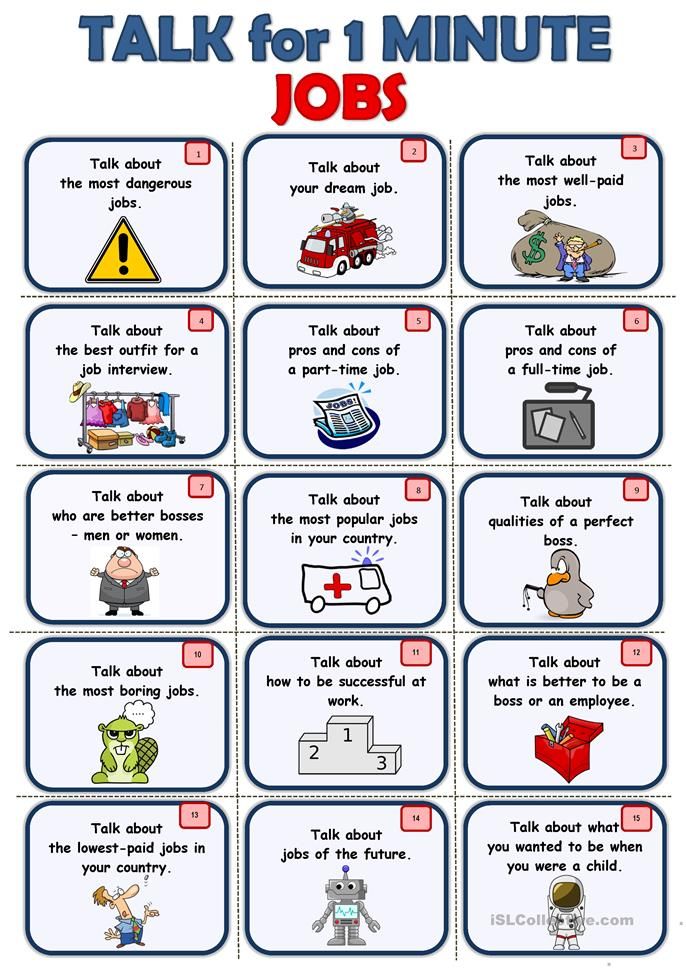 Energizer can be carried out both at the beginning and at the end of the session.
Energizer can be carried out both at the beginning and at the end of the session. 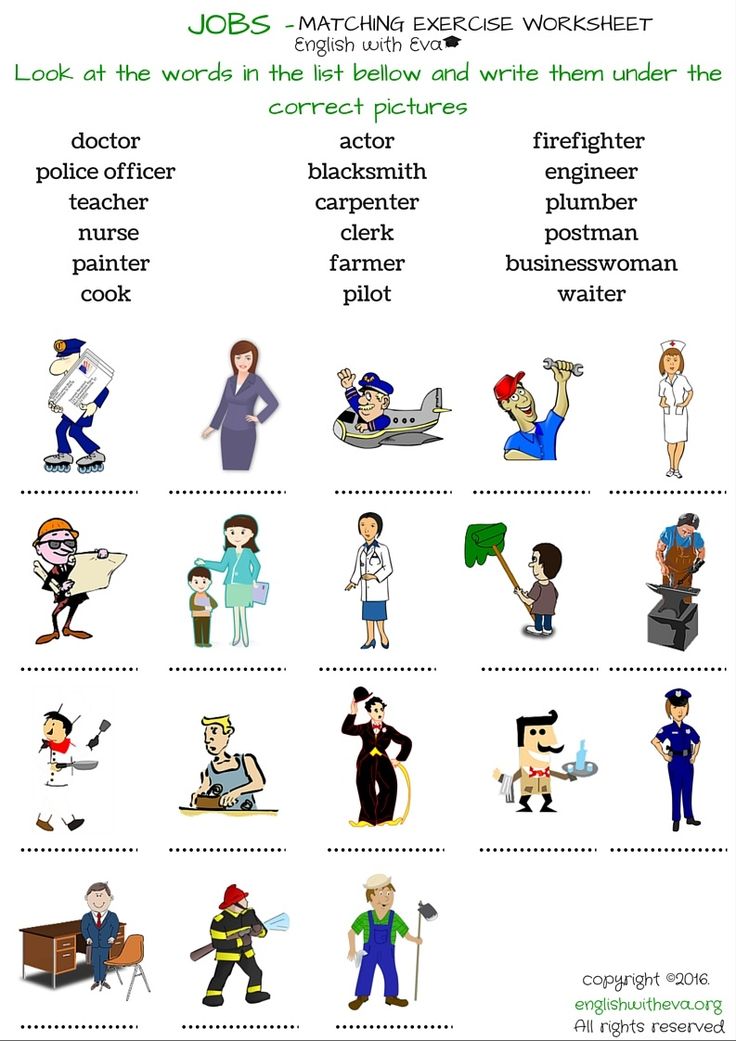 Ask each group to pay honorary and odd numbers. On a signal, the even numbers go back and the odd numbers go forward, achieving balance in the group. nine0091 Note: During this exercise, participants are involved in a joint activity. It is better to apply it at the beginning of your lesson.
Ask each group to pay honorary and odd numbers. On a signal, the even numbers go back and the odd numbers go forward, achieving balance in the group. nine0091 Note: During this exercise, participants are involved in a joint activity. It is better to apply it at the beginning of your lesson. 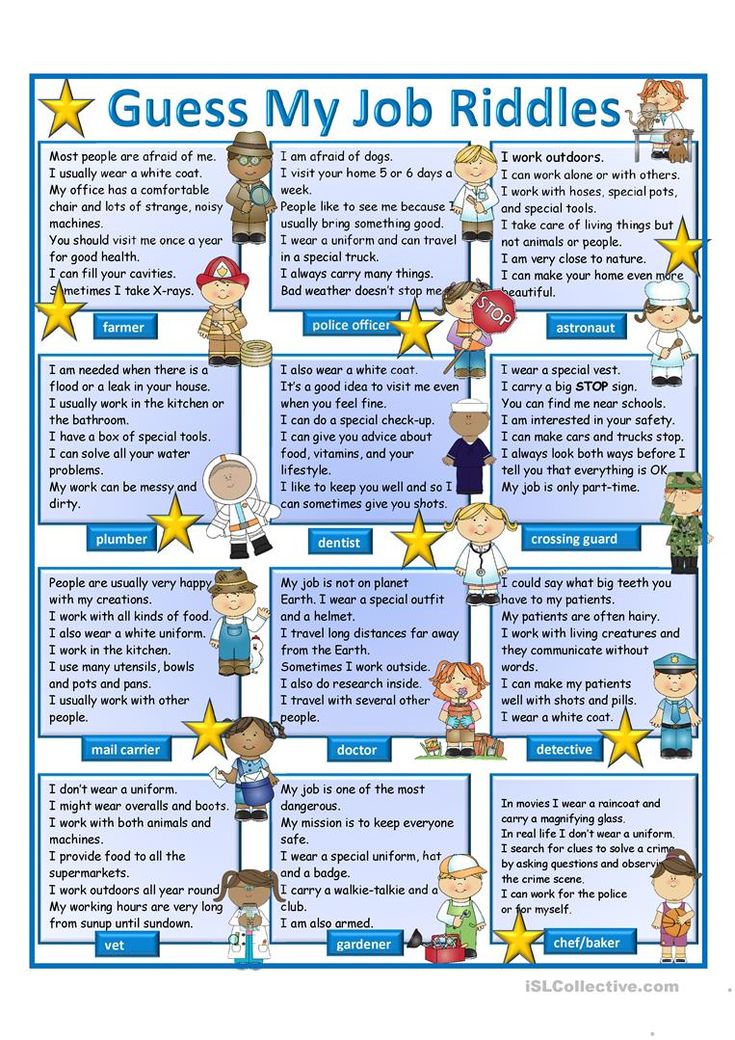
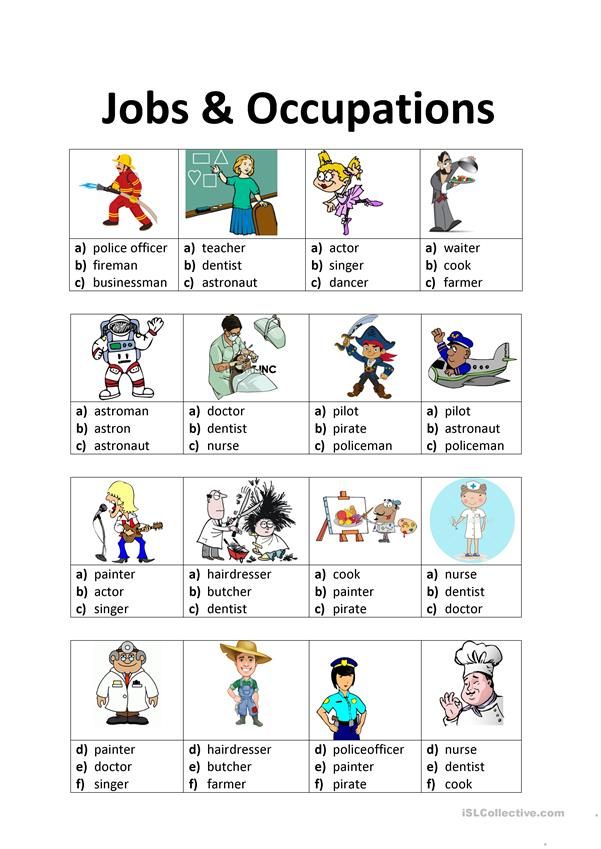 When playing this and similar games, you can pass each other some kind of traditional object, for example, a heart sewn from fabric. nine0091 Note: This exercise can be used both at the beginning and at the end of your lesson. The task develops creative abilities, group members feel included in the group process.
When playing this and similar games, you can pass each other some kind of traditional object, for example, a heart sewn from fabric. nine0091 Note: This exercise can be used both at the beginning and at the end of your lesson. The task develops creative abilities, group members feel included in the group process. 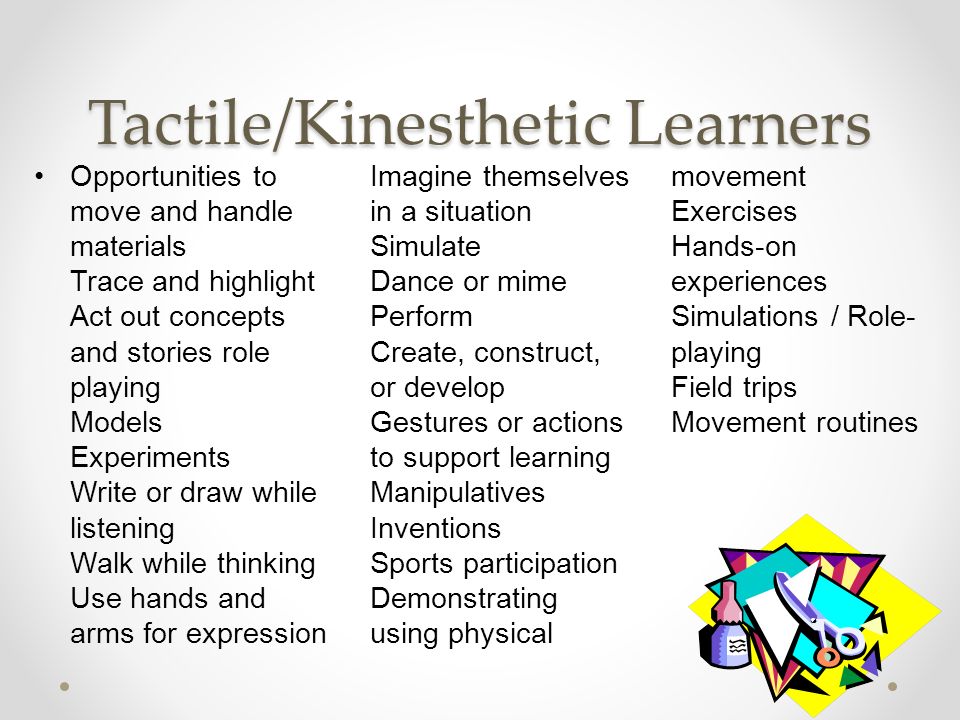
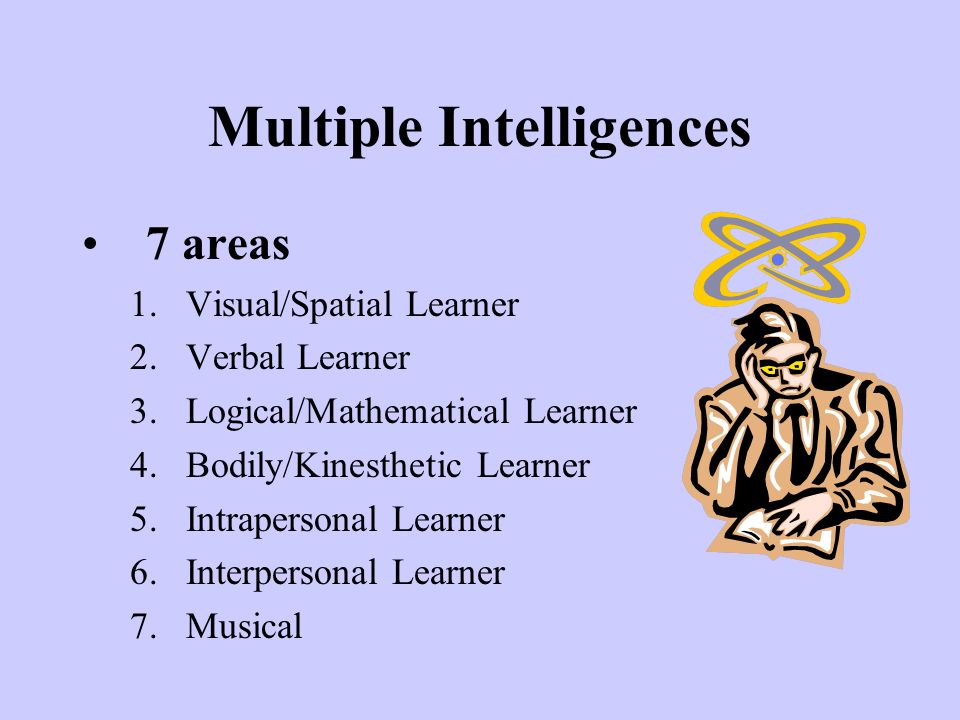 Everyone should say one phrase about themselves, starting with the words “I have never...”, for example, “I have never skydived”. If any of the participants in this group is not skydiving, then he must bend one finger. When someone has 5 fingers bent, he removes one hand behind his back. If 10 fingers are bent, the participant is out of the game. The winner is the one who has at least one not bent finger left. The main condition is to tell the truth. Note: exercise is used for acquaintance in a playful way, relaxation. The facilitator should stipulate that actions related to gender differences are not called, for example: “I never wore bows.” The person with the most diverse life experience wins, and the person with the richest loses, which can affect the person's self-esteem, so care should be taken when working with a group whose members are heterogeneous in social status, with different opportunities in terms of acquiring life experience. nine0003
Everyone should say one phrase about themselves, starting with the words “I have never...”, for example, “I have never skydived”. If any of the participants in this group is not skydiving, then he must bend one finger. When someone has 5 fingers bent, he removes one hand behind his back. If 10 fingers are bent, the participant is out of the game. The winner is the one who has at least one not bent finger left. The main condition is to tell the truth. Note: exercise is used for acquaintance in a playful way, relaxation. The facilitator should stipulate that actions related to gender differences are not called, for example: “I never wore bows.” The person with the most diverse life experience wins, and the person with the richest loses, which can affect the person's self-esteem, so care should be taken when working with a group whose members are heterogeneous in social status, with different opportunities in terms of acquiring life experience. nine0003 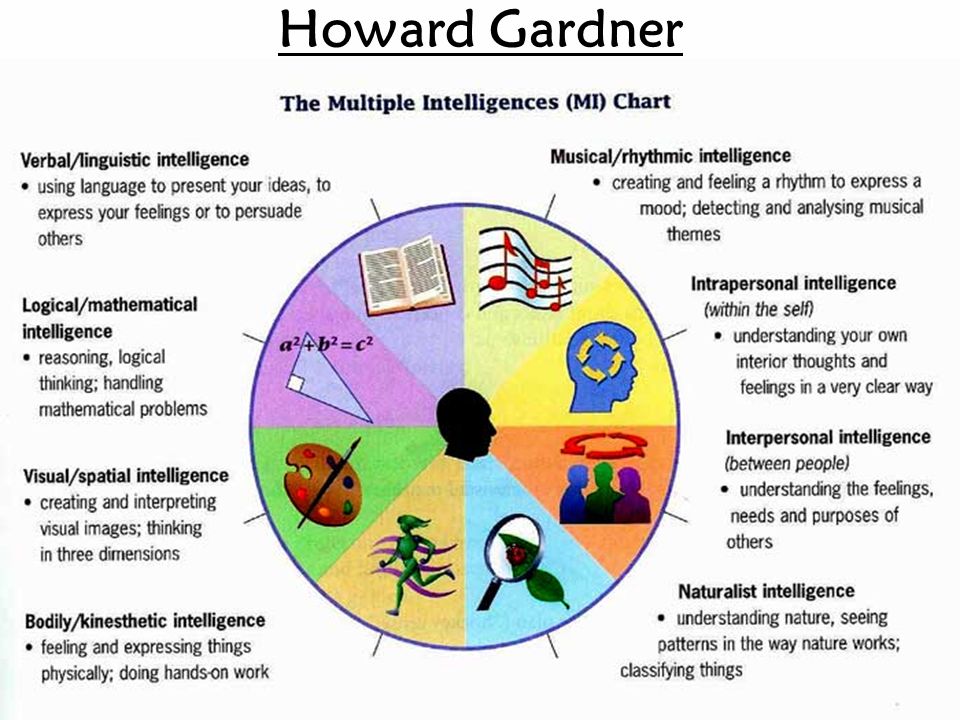 Acquaintance in pairs
Acquaintance in pairs 